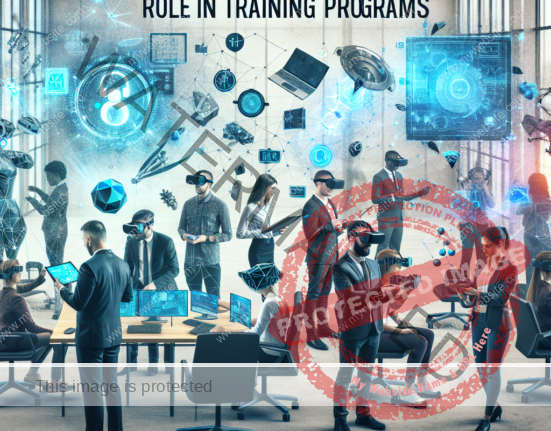Exploring Blended Learning: A Game-Changer in Training
As an eLearning developer, I believe that a one-size-fits-all approach to training is not effective for modern learners. The diverse needs and preferences of learners require a more dynamic and engaging approach to training, which is where blended learning comes in as a game-changer. Blended learning combines the best of both worlds – instructor-led training with online learning activities – to create a flexible and engaging learning experience.
One of the key benefits of blended learning is its ability to cater to diverse learning styles and ultimately lead to better knowledge retention and skill development. By combining various training formats such as ILT, eLearning modules, microlearning, case studies, gamification, and social learning, blended learning offers a variety of options to create engaging and effective training programs.
Customizing Training Formats with Blended Learning
Blended learning isn’t a rigid framework; it’s a flexible approach that allows you to mix and match various training formats to achieve your learning objectives. The use of formats like ILT, eLearning modules, microlearning, case studies, gamification, and social learning can be tailored to meet the specific needs of different training scenarios.
For example, in sales training, a blended learning approach could include a combination of ILT sessions, eLearning modules, microlearning, role-playing simulations, and gamification to create a comprehensive and engaging training program. Similarly, in onboarding for new hires, a blend of ILT, eLearning modules, microlearning, social learning, and video content can streamline the onboarding process and create a personalized learning experience.
The Benefits of Embracing Blended Learning
By incorporating diverse formats under the blended learning umbrella, organizations can create training programs that cater to a variety of needs and learning styles, ultimately leading to increased engagement, improved knowledge retention, flexibility, cost-effectiveness, scalability, and personalized learning experiences. Blended learning offers a dynamic mix of activities and formats that keep learners engaged, while also providing the flexibility to access and engage with learning materials at their own pace.
As an eLearning developer, I highly recommend exploring the power of blended learning to create training programs that are not only informative but also engaging and effective. By embracing blended learning, organizations can develop a more skilled and motivated workforce, ultimately driving better performance and achieving their organizational goals.
If you would like to read more about this topic, check out the source here: Blended Learning: How to Create Engaging Training Experiences
















